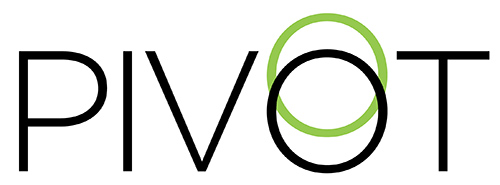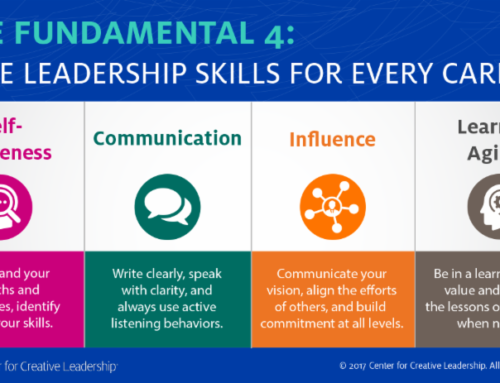The question of what makes one team great and another a failure is perhaps the biggest question in organizational development today.
Why?
In part because we now live in a world where, by some estimates, human knowledge is doubling every 12 months. I believe the concept of individual “experts” will fade away at the same rate that knowledge expands. Today we should be suspicious of the notion that any one individual human being can be an expert in, well, anything.
In every workplace, teams are our future. This will be a challenge to our American attachment to individualism, but the reality of our situation today is that no one person can succeed alone. (If that ever was true.)
A long-dominant presumption in many American organizations has been that hiring individual “stars” is the path to success. Another presumption has been that pay, benefits, and the opportunity for hierarchy advancement are the major enticements that businesses, non-profits, and educational institutions should compete on.
But it has always been true that workplace culture is as big (or bigger) a factor in recruiting and retaining high-performing individuals as those more tangible items. And in any case, individual “stars” often just take up huge amounts of organizational space and resources without advancing the organization as a whole.
Organizations that create positive cultures and strong teams are the ones that will excel and adapt to changing circumstances.
So what makes a team successful? What are the factors that create a team whose members look forward to their collaborations, enjoy their interactions, and take pride in their creations? A team that produces innovations that move the organization forward?
Google is serious about finding out, and they think they have some answers.
For the past five years, Google’s “Project Aristotle” has been analyzing its own teams – teams where every individual is brilliant, creative, well-educated and highly trained – to find out why some teams succeed and others fail.
The research is far from complete, but so far, after analyzing every possible bit of data available (and heaven knows they’re the people to crunch data), two things are rising to the surface. In fact, they are the only two patterns they can find among the hundreds or thousands of factors they’ve observed.
1. How equally the proportion of speech interactions is distributed across team members; and,
2. How people do, or do not, intuit the non-verbal social cues of their teammates.
“The
[successful] team may seem inefficient to a casual observer. But all the team members speak as much as they need to. They are sensitive to one another’s moods and share personal stories and emotions. While Team B might not contain as many individual stars, the sum will be greater than its parts.”These behaviors created a magic fuel that launched successful teams forward: psychological safety.
’s researchers are still working out how to make the establishment of psychological safety in teams routine, but I believe two key factors in creating psychological safety are the cultural sensitivity and emotional intelligence of team leaders.
This is why leadership coaching, team coaching, and group coaching are growing at an exponential pace. Coaching is perhaps the most efficient tool for expanding leaders’ and team members’ skills in those areas.
So-called hard skills aren’t going to be sufficient for success in the 21st century. “Fuzzy skills” are key to creating teams and organizations that can rise to our challenges.





